BASIC DISINFECTION PROTOCOLS FOR SCHOOLS RESUMPTION
BASIC CLEANING AND DISINFECTION PROTOCOLS FOR SCHOOLS RESUMPTION
Regular cleaning and disinfection of schools is an important part of preventing and minimizing the spread of pathogens in the school environment. Pathogens are microbes that can cause disease and/or infection. Pathogenic microbes may be in the form of bacteria, viruses, fungi, or parasites. AWS recommends using these protocols in collaboration with the Cleaning for Healthier Schools to minimize and control the spread of illness and disease.
There are three lines of defense to decrease the spread of pathogens in a school environment:
1) Personal hygiene,
2) Regular cleaning procedures,
3) Proper disinfection and sanitizing procedures.
The difference between cleaning, disinfection, and sanitizing is discussed below:
Cleaning– Removes germs, dirt, and impurities from surfaces or objects. Cleaning works by using soap (or detergent) and water to physically remove germs from surfaces. This process does not necessarily kill germs, but by removing them, it lowers their numbers and the risk of spreading infection.
Disinfecting – Kills germs on surfaces or objects. Disinfecting works by using chemicals to kill germs on surfaces or objects. This process does not necessarily clean dirty surfaces or remove germs, but by killing germs on a surface after cleaning, it can further lower the risk of spreading infection.
Sanitizing – Lowers the number of germs on surfaces or objects to a safe level, as judged by public health standards or requirements. This process works by either cleaning or disinfecting surfaces or objects to lower the risk of spreading infection.
Since sanitizing is based on the quantitative number of microbes killed it is most often used by a regulatory agency to certify the effectiveness of a product. Basically, low-risk surfaces, such as floors, windows, etc., where the likelihood of pathogen transfer from the surface is low are cleaned on a daily basis.
Daily cleaning is also recommended for frequently touched surfaces like desks, counter-tops, doorknobs, computer keyboards, hands-on learning items, faucet handles, phones, and toys. Disinfection is recommended for food areas, bathrooms, and other high-risk areas as discussed further below.
The spread of pathogens can be minimized in schools by employing good personal hygiene, regular cleaning and the proper use of disinfectants. These three lines of defense are detailed below
PERSONAL HYGIENE The use of good personal hygiene by students, staff, and visitors can greatly reduce the spread of pathogens in the school. These can include the following components:
1) Proper hand-washing hygiene. Make sure all building occupants have access to adequate soap, water, and drying mechanisms (air dryers or paper towels). Supply adequate training and signage on proper hand-washing techniques through-out the school.
2) Ensure building occupants practice proper sneeze and cough etiquette with ample signage and training. Coughing into the elbow is an alternative when tissues are not available. Use tissues when possible to capture droplets and dispose of them in a waste receptacle after use.
3) Train coughing or sneezing students/staff to leave a 3-foot buffer between themselves and others.
4) Provide training to building occupants on the importance of not sharing drinks, cups, food, and paper towels.
REGULAR CLEANING
Comprehensive cleaning programs that use less-toxic products and updated tools and technology can help control the spread of infectious disease and illness. Cleaning is the manual removal of microbes, dirt, dust and allergens from a surface. Cleaning surfaces with microfiber cloths and mops and an all-purpose cleaner can be effective at removing 99.9 % of microbes. Most pathogenic microbes cannot live on a clean and dry surface for very long, therefore, physical removal of the nutrients (including dust) and moisture needed to survive and multiply is an effective first step in preventing the transmission of diseases.
Basic Surface Cleaning Procedures
1. Wash surfaces with a certified all-purpose cleaner and a microfiber cloth.
2. Rinse and/or wipe surfaces if required.
3. Rinse the cloth in clean water after each surface.
4. Reapply the cleaning solution for the next surface.
5. After the cleaning process is complete, rinse out microfiber cloths and hang to dry, or leave for pick-up by the custodial staff.
The proper use of disinfectants device and liquid solution can help contain and prevent the spread of harmful bacteria and viruses. Many infectious diseases can be halted in their tracks by the proper use of disinfectant products, and by the routine disinfection with a food-friendly solution
